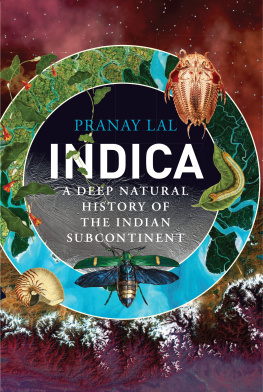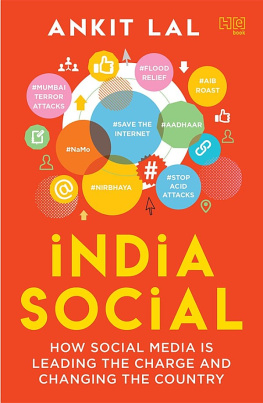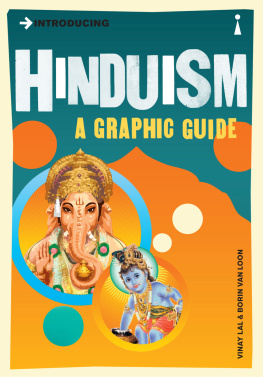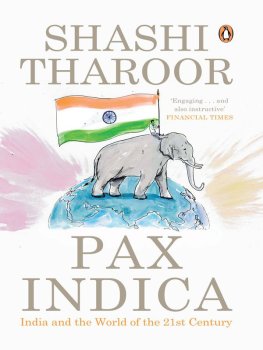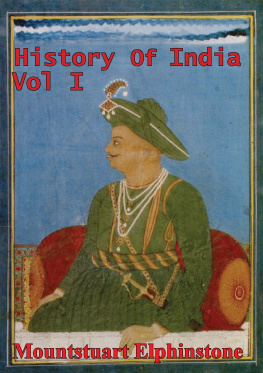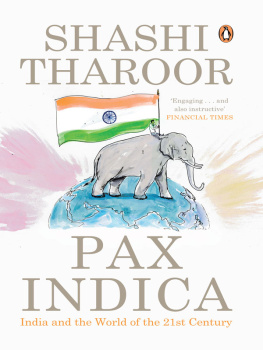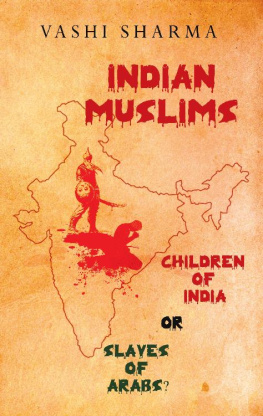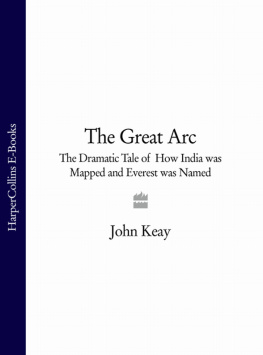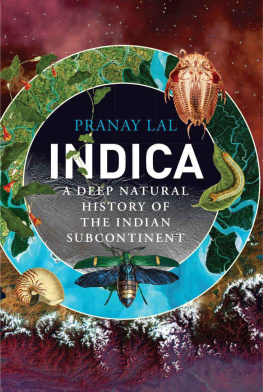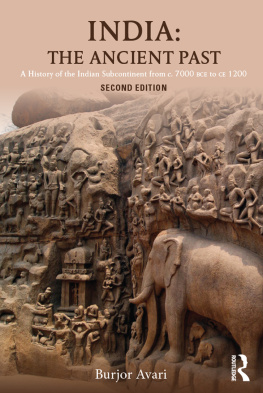A PERSONAL NOTE
TO THE READER
I love nature. I spent my childhood in different parts of Africa and in small towns of Uttar Pradesh, where my days were spent flipping stones and logs, climbing trees, swimming in ponds, and following bird catchers and snake charmers, and my nights lying on my back, watching the stars and hearing stories from grandparents, uncles and watchmen about their experiences in jungles and with animals. I love the beauty of spectacular mountains just as much as the intricate patterns on the back of a tiny unnamed beetle. But what mesmerizes me, now and as a child, is how nature is constantly at work and how everything is related to each other. This book is a culmination of over twenty years of research, travel, conversations, interviews, and a lifetime awe of nature.
During my journeys criss-crossing India, I have met fascinating people who love nature passionatelyqualified scientists, but also ordinary people who take time out of their busy lives to observe nature and record its intricacies and inter-linkages. True scientists are like explorersthey have a fascination for the unknown and an indefatigable quest for answers. They work tirelessly, excavating through layers of rocks and sediment, climbing canopies and descending into caves, or working in laboratories. Every discipline of natural science has its own Marco Polos, Magellans, Drakes, Amundsens, Hillarys and Tenzings who have set off in search for answers in the terra incognita of science. Their works help us understand how our planet and our life came to be and what forces have shaped them. Each piece of rock, every pinch of soil and every little fossil tells a story, and because of the persistence and dedication of the scientists, who decipher these stories and make them available to us, we understand our supremely complex and supremely exciting world better. It is the work of these discoverers that I celebrate in this book.
I have included all that I believe is crucial to understanding the grand story of the formation of India from the time Earth was formed to the arrival of humans; how the position, the contours and the composition of land and oceans changed, how thousands of types of plants and animals evolved and thrived and became extinct and why different places in India look the way they do today. The plan of the book is chronological and there is some overlap in the fifteen chapters to maintain continuity. I have combined scientific depth and historical insights that would interest anybody who has looked out of their window and wondered why there is a river in one place and not another, why rocks in one place look different from those elsewhere or why there is a hill or a forest or a mine in front of them. It should appeal to a wide range of readers, even if they do not have any particular scientific or geographic inclinations. Those not wanting to spend time on details can skip some of the more technical passages and can look at the maps and illustrations through which I have tried to convey the essence of the chapter. For those who would like to dive deeper into their areas of interest, I hope the detailed notes will help in their further exploration.
This story of 4 billion years is one without an end, and the journey to discover our world, our country and us is a work in progress. I welcome you, and thank you for being part of my beautiful voyage.
INDICA
A LONG,
LONG TIME
AGO, BUT
IN A PLACE
NOT TOO
FAR AWAY

Older rocks, like those in the Nandi Hills near Bengaluru and like this one in Lalbagh Gardens in the heart of the city, became the bedrock around which newer rocks aggregated and peninsular India was assembled, piece by piece.
1
WHY ON
EARTH
Drive out of Bengaluru along National Highway 7 for about 70 kilometres and you will arrive at the 1479-metre-high Nandi Hills. The cooler climate of these lush hills makes them a perfect getaway from the grind of the large, bustling city. From the top of the hills, almost as far as the eye can see, the landscape is dotted with smaller dome-shaped knolls that are mostly bare, with only a few patches of grass and stunted trees growing on them. People who reach the top of the Nandi Hills pay little attention to the ground on which they tread. But do take a moment and look at this grey rock that glistens darkly in the rain because this is no ordinary rock. Belonging to a family of rocks called the Dharwar Craton that was formed about 3.5 billion years ago, it is among the oldest rocks in India and it is literally a part of the very bedrock on which the country stands!
Technically speaking, a craton (Greek for strength) or a shield is an old and stable part of Earths outer layer (the crust) that has survived the cycles of the merging and rifting of continents. Simply put, a craton is that part of Earths crust that has remained largely unchanged for billions of years. Most cratons are composed of ancient crystalline rocks (appropriately called basement rocks) which can extend several hundred kilometres below the surface and are often covered by younger sedimentary rocks. The age of the Dharwar Craton makes India one of the oldest land masses in the world. Only Australia, Greenland and South Africa have rocks that are older than those found here. By comparison, the oldest rocks that lie exposed in Indonesia are no more than 300 million years old. In fact, if we board a train from Bengaluru and travel north to Jammu, we will cover just 2700 kilometres in terms of distance, but will traverse more than 3 billion years of Earths history, simply by looking out of our window! So how does it come about that some parts of Earth are much older than others? To answer this and other questions about the age of the planet, the shape of continents and the composition of life, lets begin at the very beginning. Or before the beginning, when our Earth had not even been formed, which was around 5 billion (5,000,000,000 or 5 109) years agoa number so enormous that it is almost incomprehensible to most of us. Scientists and thinkers have tried to find ways to make sense of geological time because, once understood, it opens up the mind to the awe-inspiring immensity and magnificence of our world. But we will come to that in a bit.

